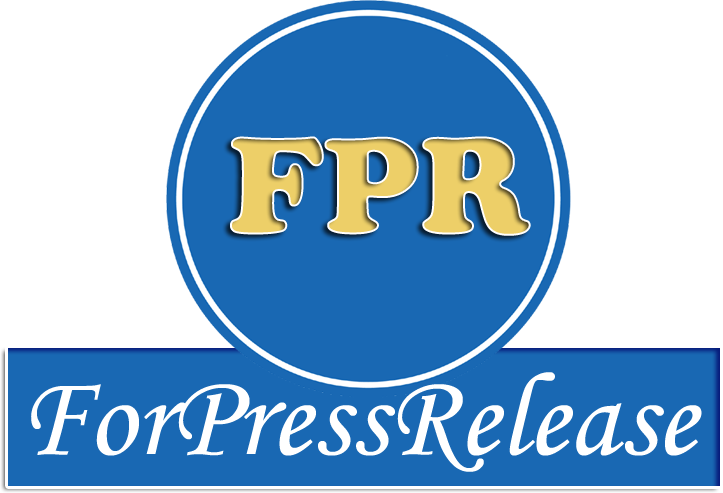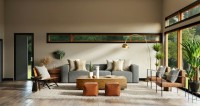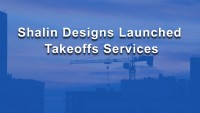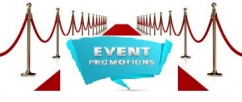- SJ Auctioneers' May 5th Auction Features Estate Silver, Vintage Toys, Figurines, Fine Jewelry, more
- Baird Mandalas Brockstedt & Federico, LLC Advocates for Victims of Birth Injuries in Maryland
- Future Electronics Features Amphenol Sine Systems A Series Connectors in Recent Digital Campaign
- AAFT School of Fashion and Design Showcases Exquisite Garments at Style Odyssey Exhibition
- WPDRF Honors Dr. Binny Sareen from Brahma Kumaris
- Tips for Designing the Perfect Backyard Retreat
- ThoughtSol Infotech is Certified as the 'Great Place To Work' in the Fifth Consecutive Year
- Samsung India Launches the 2nd Season of 'Samsung Innovation Campus' National Skilling Programme to Empower Youth
- HCLTech appoints Lee Fang Chew as Independent Director
- Princeton Psychotherapy Center Introduces Innovative Therapies for Breakups and Chronic Pain
- MindCypress Hosts Successful IFRS Webinar for Finance Professionals
- Kirill Kupchenko, Director of After-sales Services at AVTODOM MKAD, spoke about the service of electric vehicles Zeekr
- Advertising Maverick Tridib Ghosh Launches Game-Changing Advanced Generative AI Course
- CLIRNET Teams Up with African Medical Associations to Revolutionize Healthcare Education
- Grossman Chevrolet to provide Old Saybrook Little League with new equipment, monetary contribution
 Mail to a Friend Mail to a Friend |
|
     |
Exploring the art of architectural visualization with PBR textures and materials
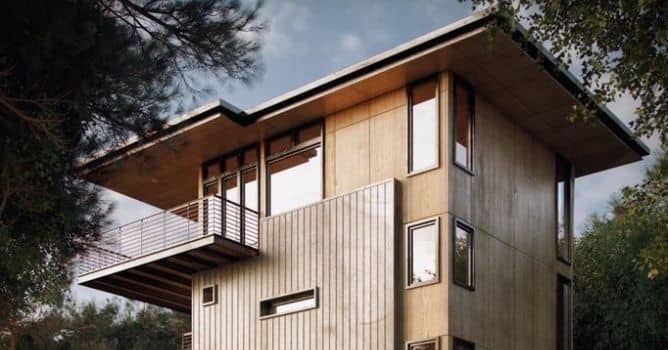
Dive into the captivating world of architectural visualization using PBR textures and materials. Discover the techniques, tips, and advantages of using PBR in architecture imaging.
Welcome to our deep-dive into the world of architectural visualization honed with the power of Physically Based Rendering (PBR) textures and materials. This article will unravel the basics of PBR, its application, and the overwhelming benefits it brings in producing striking architectural visuals. Let's delve into this fascinating realm and step up your architectural visualization game with PBR.
Understanding the basics of PBR textures and materials
Grasping the basics of PBR textures and materials is fundamental in mastering the art of architectural visualization. PBR textures and materials bring a level of realism that can give your work a professional edge. By understanding these elements, you can:
PBR textures and PBR materials play a key role in architectural visualization, adding depth, detail, and overall visual excellence to your render. So, whether you're an aspiring CG artist or a seasoned professional, mastering these basics can propel your work to new heights. For more information, see https://evermotion.org/.
Benefits of applying PBR textures in architecture visuals
The benefits of applying PBR textures in architectural visualization are remarkably diverse and impactful. The application of PBR textures brings an unmatched level of realism to architectural renderings, contributing to a more accurate and immersive representation of architectural concepts. These photorealistic visuals are incredibly essential in client presentations and marketing efforts, offering a lucid glimpse of the proposed structure.
For instance, let's take a look at a case study. In a recent project, the application of PBR textures transformed a commonplace building design into an extraordinary architectural visualization. The textures added depth, realism and a tangible feel to the structure on screen. Hence, the use of PBR textures in architectural visualization not only enhances visual appeal but also facilitates better design communication and understanding.
Creating realistic architectural images with PBR materials
Creating realistic architectural images has never been more accessible with the advent of PBR materials. Used extensively in architectural visualization, PBR materials bring another level of realism to your renderings while allowing you to maintain creative control. The sophistication of PBR is its capacity to mimic real-world light behavior and surface details accurately, thereby adding a sense of authenticity to your projects.
In creating detailed and realistic visuals, selecting suitable tools is key. Tools like 3DS Max, Unreal Engine, and Blender can seamlessly work with PBR materials. The final and most crucial part would involve a step-by-step guide to manipulating these PBR materials for your architectural visualization. This hands-on approach comes with best practices such as paying attention to scale, properly utilizing the PBR workflow, and understanding the importance of accurate lighting in creating an exceptional, realistic image.
